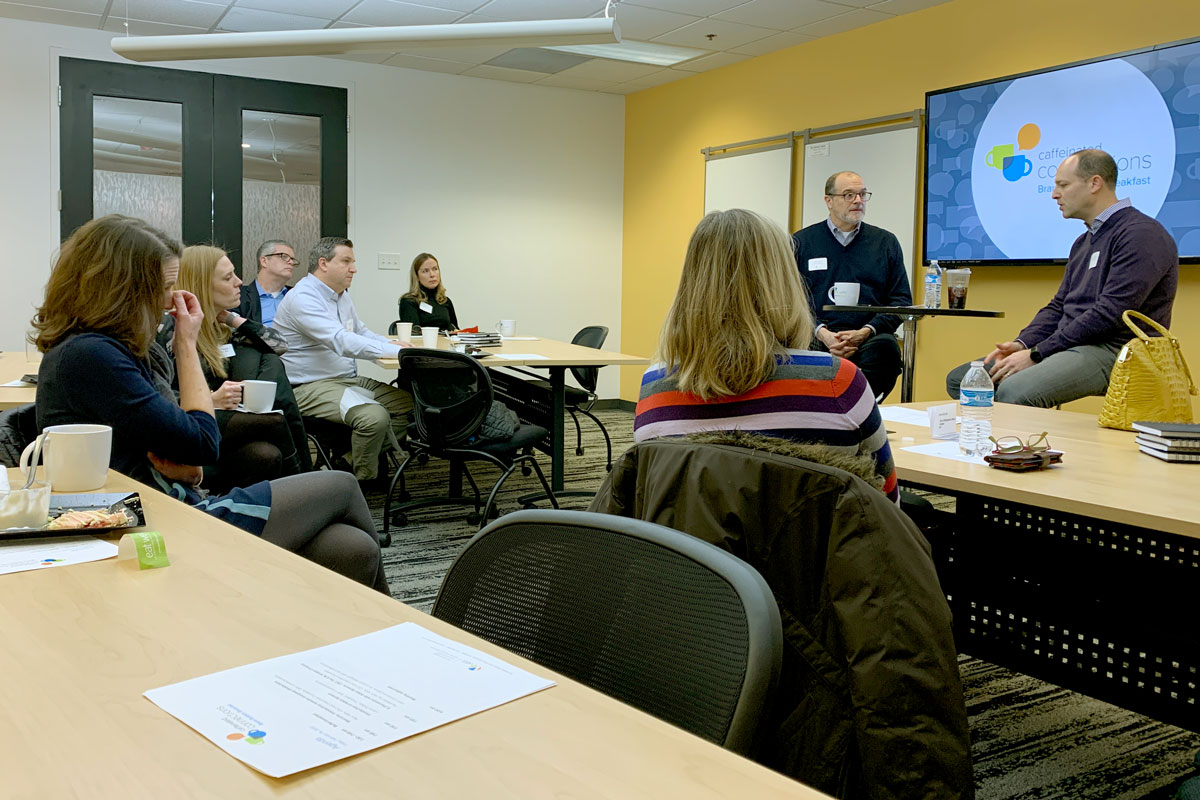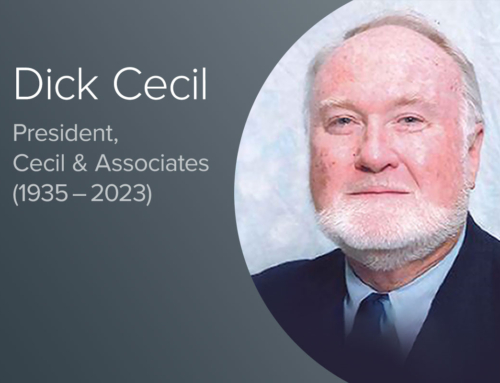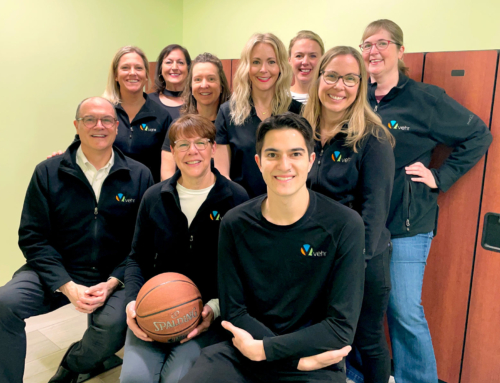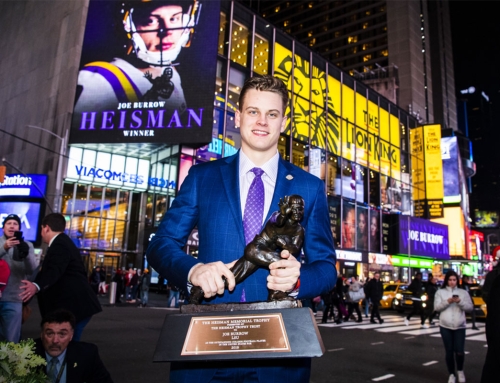This past Valentine’s Day, The E.W. Scripps Company President and CEO, Adam Symson, visited Vehr to discuss what he thinks is the future of consumer news consumption. He sure shared a little love, of sorts, by impressing on each marketing and communications professional in the room the importance of thinking hard about whether they understand what their customers want.
Scripps is a publicly traded (NASDAQ: SSP), nearly $2 billion, 142-year-old American broadcasting company that started in newspapers and now owns 60 local TV stations in 42 markets. It also owns and runs Stitcher (among the largest podcast platforms in the world), Newsy (a national news network), the Scripps Washington News Bureau and the five Katz Networks, which deliver demo-specific programming and include mainstays like Bounce and Court TV. It also is the longtime steward of the Scripps National Spelling Bee.
CEO since 2017, Symson joined Scripps in 2003 as an investigative journalist. He has held several positions with increasing responsibility over the years, including Chief Digital Officer and COO. Symson played an integral role in the development of Scripps’ digital media transformation.
I found most interesting from our conversation the obvious parallels between Symson’s diligence as a journalist to follow the customer and Scripps’ commitment as a news organization to do the same.
The customer – both for Symson the journalist and Symson the corporate executive – has, like himself, evolved dramatically and historically in the last two decades. How people consume news and information, even entertainment, is continually evolving.
According to Symson, “News services are all trying to grab attention in a complicated environment, more than ever before.” From his perspective, he added, “‘News media is designed to add convenience.”
He also expressed his strongly held belief that, “The human condition is drawn to the story.”
As the world evolves from desktop to laptop to tablet to smartphone, convenience and story seem to be the key words when considering Symson’s and Scripps’ journey to follow the customer. While it is anything but convenient for Scripps as a company, or for the person leading it, they know the future of journalism is tied to each person’s idea of convenience and interest in the story.
It acquired Stitcher, the country’s largest podcast platform, for that reason. It founded Newsy as a source for concise, unbiased video news and analysis covering the top stories from around the world. While Scripps is operating in a world where clicks, online traffic and its associated media value drive content, Symson is doubling down on his principal belief that media sources need to control their own agenda and focus on balanced, unbiased reporting and great storytelling.
“The future of our democracy depends on it,” he said. “It’s one reason why the company no longer publishes mug shots. While they’re obvious click bait, they provide no news value.”
The Scripps Howard Foundation is another way the company is striving to create a better-informed world. The Foundation supports journalism education, scholarships, minority recruiting, literacy, First Amendment causes and more.
Vehr has partnered with Scripps for several years on a joint internship program intended to promote diversity and inclusion in the field of strategic communications. Young professionals gain real-world experience by spending time in both the agency and corporate environment.
I have long admired Scripps as a reputable company that objectively informs and engages the audiences it serves. While its industry continues to be disrupted by technology, requiring it to continually evolve, its motto is as relevant to their core values today as it was when it was birthed decades ago: “Give light and the people will find their own way.”
Symson embodied these values with intelligence and passion. The room full of marketing and communications professionals learned much from his dedication to the customer and commitment to story.








